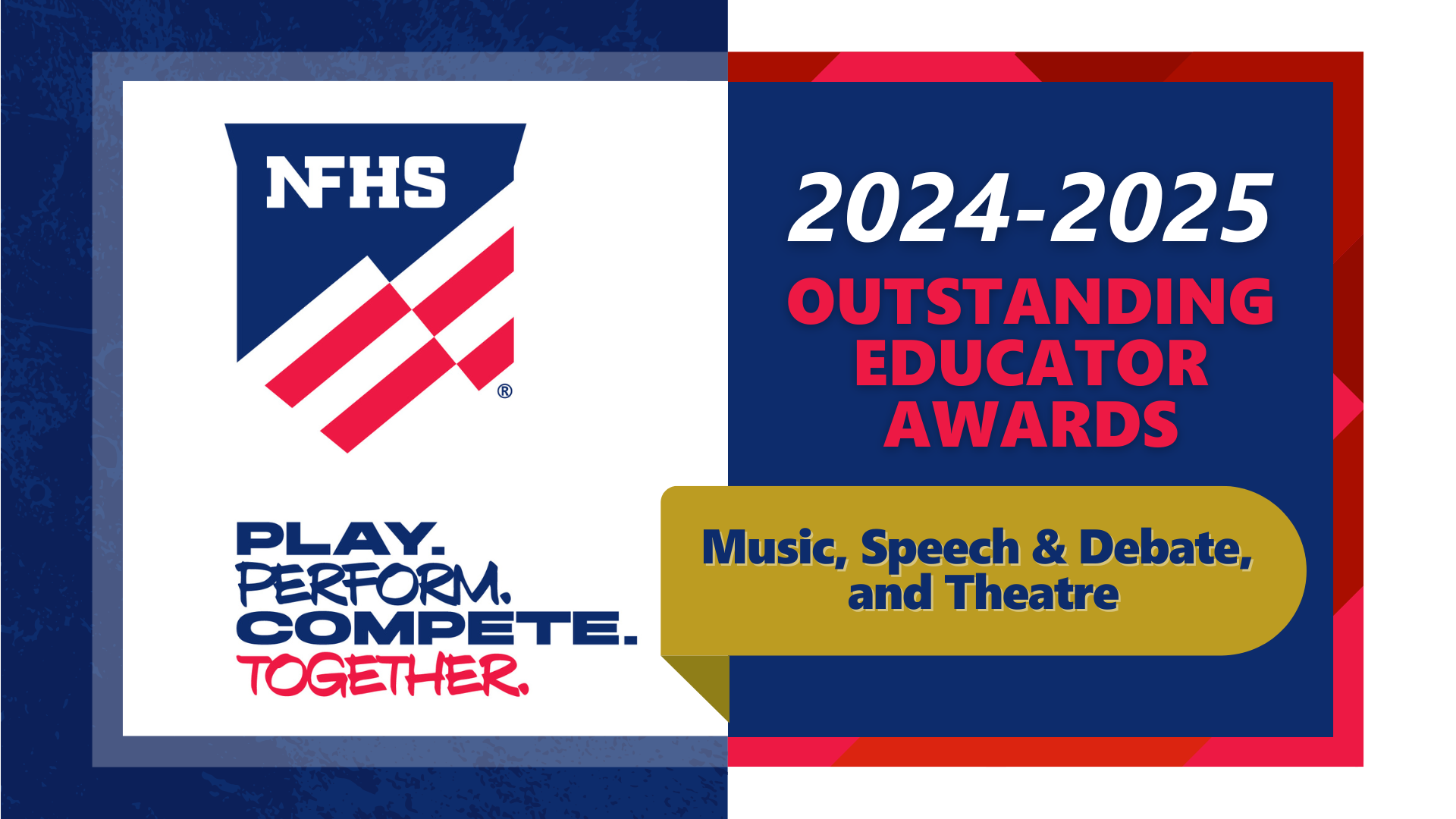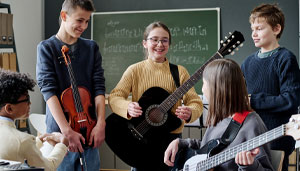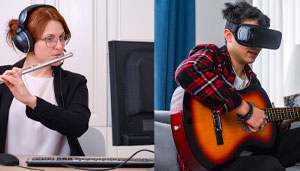COVID-19 Relief Funding Includes Support for Music Education
By Bob Morrison and Marcia Neel on April 13, 2021 music directors & adjudicators article PrintNote: This article was originally published in the School Band & Orchestra (SBO) Magazine and can be found here: https://sbomagazine.com/covid-19-relief-funding-includes-support-for-music-education/
COVID-19 relief funds have been set aside to support education. Since the passage of the CARES Act in 2020, there have been two subsequent relief acts passed. All three provide increasing amounts of support through the Elementary and Secondary School Emergency Relief Funds (ESSER I, II, and III).
First, a little background: CARES I, II (CRRSA), III (ARP)
In March 2020, Congress set aside approximately $13.2 billion for the Elementary and Secondary School Emergency Relief Fund (ESSER I). In December 2020, the Coronavirus Response and Relief Supplemental Appropriations Act, (CRRSA, aka CARES II), became law and provided an additional $54.3 billion for the Elementary and Secondary School Emergency Relief Fund (ESSER II). In March 2021, the American Rescue Plan Act (ARP, aka CARES III) was signed into law thereby providing a third round of funding for the Elementary and Secondary School Emergency Relief Fund (ESSER III) an additional $122 billion on top of what was already provided for ESSER I and II.
With additional help on the way through these ESSER funds, now is the time for directors to reach out to building principals to discuss what items might be needed to conduct music classes more safely when they return to teaching in person. The principal will either have spending authority for these funds or will be able to help submit a request for music-related purchases at the district level. As these resources are considerable, directors may want to also share this useful information with fellow educators, administrators, and even parents.
There are fifteen (15) numbered categories of “allowable use” from the statute. A list was provided by the Nebraska Department of Education to every district in their state and is available to view here: http://bit.ly/NE_ESSER. Directors can download this document to use as a guide. Below are some suggestions that have been correlated to the appropriate category of allowable use to help you get started making your own list of anticipated needs.
Instruments, Supplies and Materials to Help Ensure Health and Safety
Individual instruments for each student to eliminate sharing (3,5)
Individual mouthpieces for each student (3,5)
Rental programs so that each student will have their own instrument (3,5)
PPE, Cleaning Supplies and Sanitation
Appropriate cleaning and sanitizing materials (7)
Sonic instrument cleaning of all instruments
Mouthpiece cleaner
Ensuring Health and Safety (3, 5)
Additional instruments/mouthpieces so students are not required to share
Items referenced in the recommendations from the NFHS research studies (13, 14, 15) http://bit.ly/NFHSResearch
Instrument masks and bell covers
Pet training pads to accommodate spit valves
Choral masks
Appropriate instrument cleaning products
Supplies to sanitize and clean facilities (7)
Hand sanitizer
Disinfectant wipes and spray
Facility Considerations
Supplies and materials to make instructional environment meet recommended standards (barrier tape, portable carts, tents/canopies for outdoor instruction, folding chairs/folding tables (15)
Signage
Equipment required to accommodate social distancing (12)
Instructional Support
Hiring new staff to expand beginner programs to reach students who were unable to participate during the 20/21 school year
Tools and resources for distance education/learning (9)
Teacher training for online resources, software programs (9)
Support for low-income students with resources to help them with online learning (4, 9)
Instruments for every child
Instrument supplies such as reeds, rosin, trumpet grease, etc.
Online private or group lessons
Group instruction outside normal school hours to address student needs. (11)
Summer Programs
Planning and implementing activities related to learning loss. (12)
Opportunities to bring students into well-rounded learning experiences and rekindle their enthusiasm about returning to school. (12)
Addressing the needs of low-income students, students with disabilities, English language learners, migrant students, students experiencing homelessness, and children in foster care. (11, 12)
Enrichment activities (examples: musical theatre, band, guitar, keyboard, mariachi, music technology, ukulele, melodica, drum circles, steel drum band) (11)
Planning
Developing and implementing plans for the next school year. (1, 2, 5, 8)
Professional development time to plan for return to school
Professional development time to plan and coordinate new course offerings
SPECIAL NOTE: These funds are not Title I funds even though they are being allocated to districts based on Title I formulas. They may be used to benefit any school regardless of that school’s Title I status. Funds may be used on districtwide activities and/or to benefit any individual school.
Additional Important Resources:
Download the ESSER fact sheet and view all three (3) ESSER funds side by side: https://bit.ly/ESSERFacts
Reference a more extensive list of ideas on how your program might benefit from ESSER funds: https://bit.ly/38X026c
Discover more about ESSER funding in your state, search ESSER Funds “Name of State” or visit http://bit.ly/StateESSERTracking and enter the name of your state.
To get ESSER fund questions answered, email: [email protected].
Bob Morrison and Marcia Neel
Bob Morrison, Director, Arts Ed New Jersey
Marcia Neel, Music Education Consultant
Most Recent Articles
- nfhs news NFHS Learning Center Delivers 25 Millionth Course
- Track & Field/Cross Country article Effective Communication with Athletes and Coaches
- nfhs news Player Equipment Changes Highlight 2025 High School Football Rules Revisions
- Player Equipment Changes Highlight 2025 High School Football Rules Revisions
- nfhs news Judgment Call on Second Contact Eliminated in High School Volleyball







